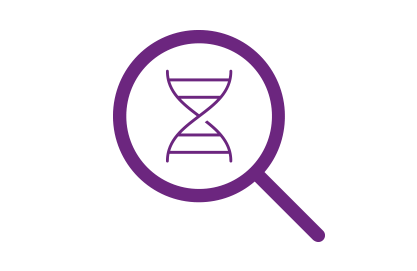At the time of injury, autografts are not always feasible treatment options depending on the size and location of the skin injury. Once the skin underneath the xenograft has healed to an acceptable state, a thin layer of skin may be taken from an unaffected location and used to cover the tissue injury. However, if not enough donor skin is available a meshed graft will need to be used, wherein the donor skin is stretched and sliced to create a larger mesh-like covering1. Recovery from this graft is more difficult and takes longer, but both options have proved successful in the clinic2.
Patient-Derived Xenografts (PDX) for Oncology Research
A second use for xenografts is in oncology research. In order to develop a personalized treatment plan for cancer patients, a small segment of their tumor may be excised and subsequently grafted into an immunodeficient or humanized mouse. These are referred to as patient-derived xenografts (PDX)3.
In addition to personalized treatments, PDX models allow for the study of the tumor and its natural growth patterns and behavior. Depending on the tumor's original location it can be transplanted under the skin or into the organ that the tumor was originally derived from.
 Key Takeaways
Key Takeaways















.jpg)

.jpg)
.jpg)
.jpg)
.jpg)





.jpg)


.jpg)
.jpg)




.jpg)




.jpg)

.jpg)







